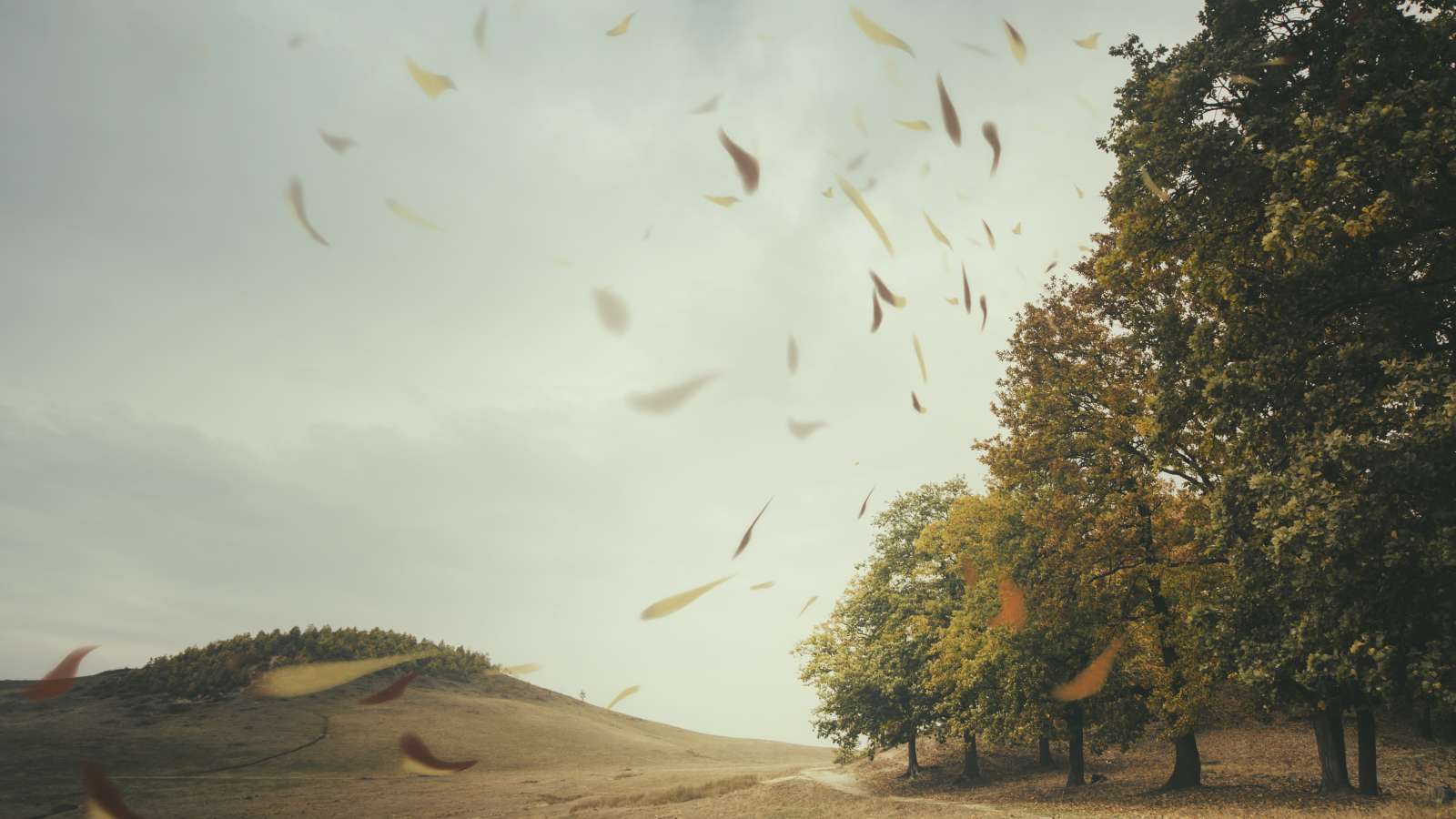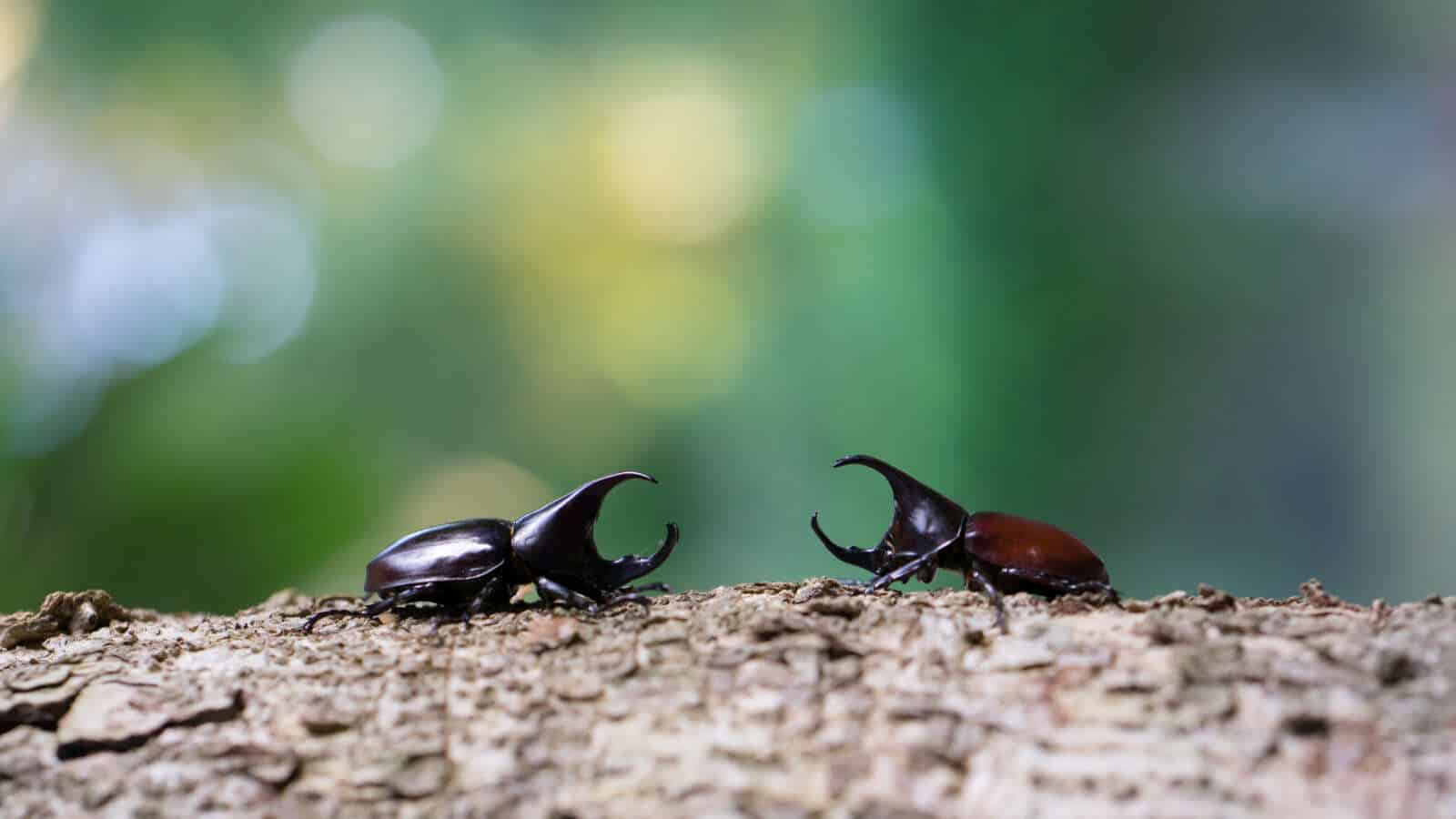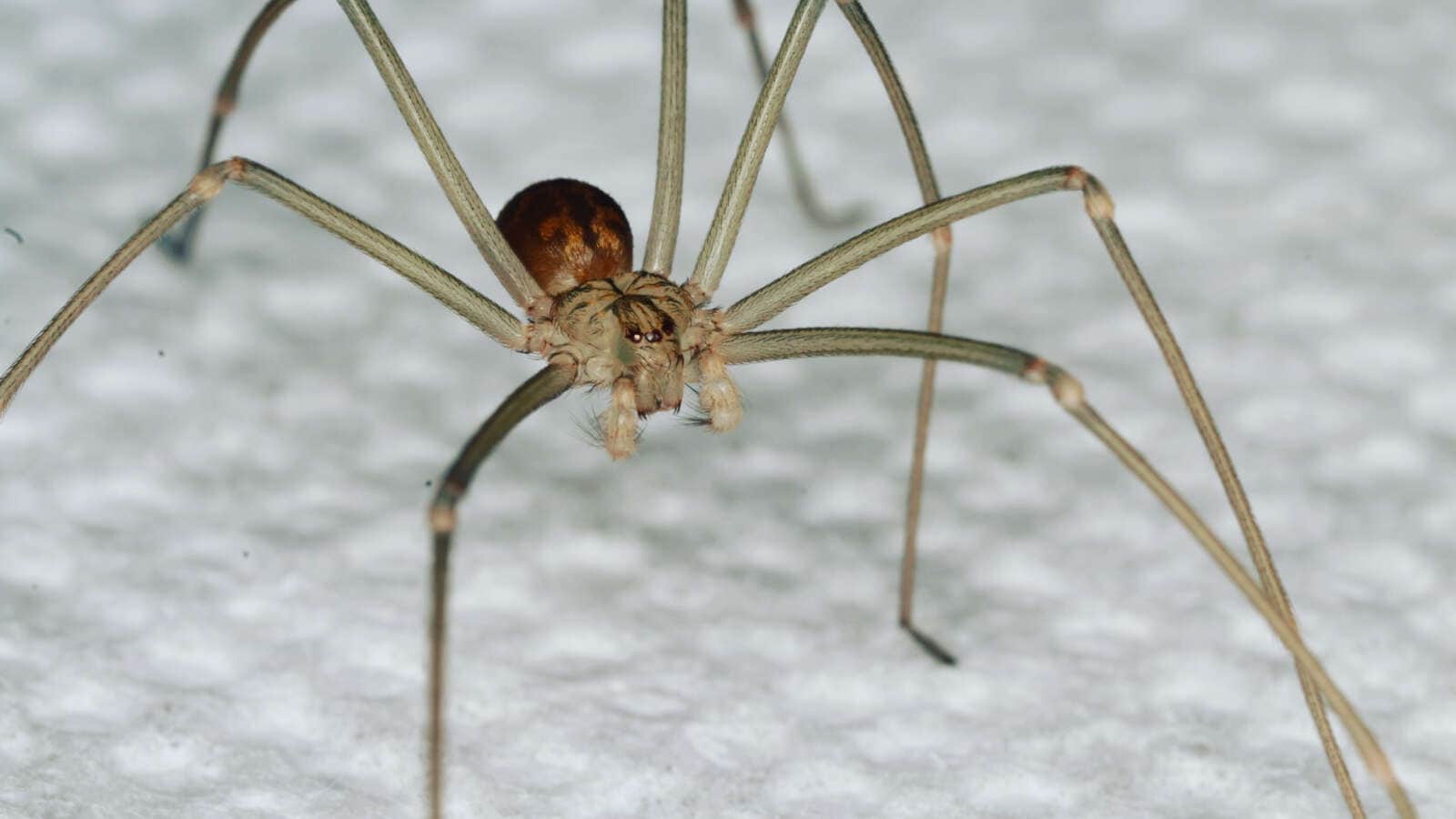Summary: Daylight savings is this weekend, so now is a great time to talk about the history of this practice. This blog gives an overview of the history of daylight savings, including its ties to pests. There’s also a discussion of how current pests act when the clocks change. Pointe Pest Control provides lasting pest solutions for all kinds of spring pest issues.
______________________________________________________________________________________________________________________________________
We’ve arrived at the weekend that we simultaneously dread and anticipate: the beginning of daylight savings.
Daylight savings — or daylight saving time — is an interesting tradition. It starts in March, when almost every state (looking at you, Arizona and Hawaii) sets their standard clocks forward one hour. It ends in November when the same states set their clocks back one hour to gain that precious extra hour of sleep. The days in between are filled with more daylight for the warmer seasons.
Daylight savings has been in the news a lot in recent years, thanks to legislation demanding the end of this practice. But did you know that daylight savings almost began because of pests? It’s true! Let’s explore the buggy history of daylight saving time and see how the changing clocks impact today’s pests.
A Bug Hunter’s Dream
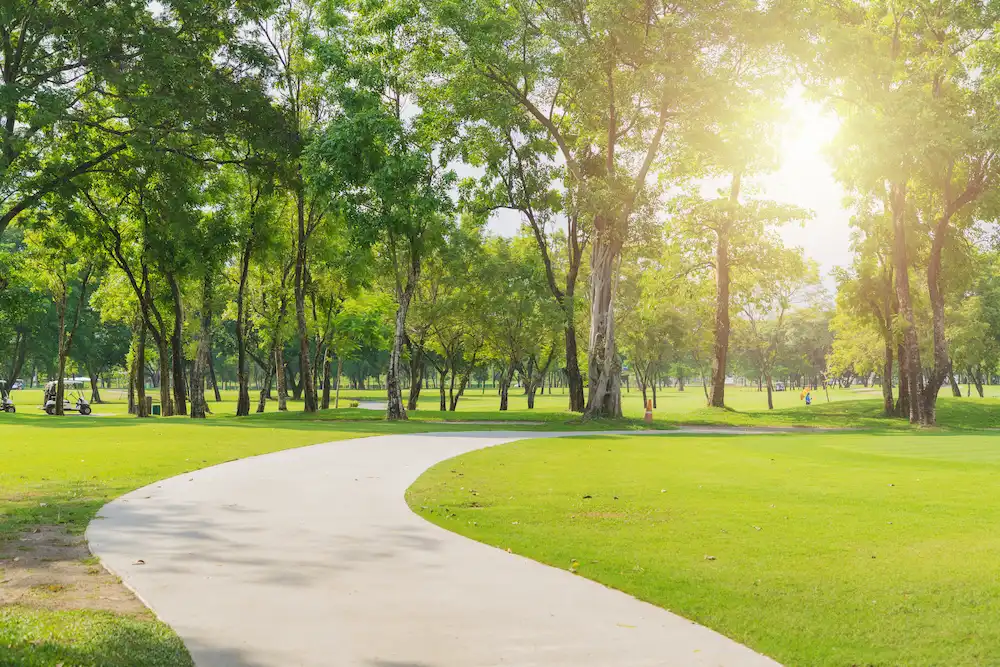
Let’s hop into our metaphorical time machine for a second and go back to the 19th century. In 1895, George V. Hudson was an avid bug hunter (yes, really) and author of multiple books on his findings. He wanted more hours of daylight to enjoy his passion before and after his day job, so he went straight to the Wellington Philosophical Society in New Zealand.
Hudson’s proposal was for everyone to shift their clocks back 2 hours in the summer. This would give workers more hours of daylight in the mornings and in the evenings to enjoy their hobbies. Unfortunately, Hudson’s vision was dismissed. Another man named William Willett presented a similar idea in 1907 to no avail either. His focus was on lowering lighting costs, but the bill still had major opponents.
It seemed that daylight savings was not meant to be, even for the benefit of a passionate entomologist. The key to the success of daylight savings was only found in wartime…
The Impact Of World War I

During World War I, a need for energy conservation presented itself in a mighty way. This was the time to shine (literally) for the concept of daylight savings. In 1916, Germany was the first country to mandate a set changing of their standard time. The United States half-heartedly adopted this practice in 1918, but it was a sporadic operation that wasn’t used in every county.
The Uniform Time Act of 1966 began the tradition that we still use today. This established a system of daylight savings time across the country, where there was a biannual clock change. The only states that opted to keep their standard time for the whole year were Arizona and Hawaii. This makes sense, considering how hot these states are for the majority of the year.
Today, if Congress carried out the enacted legislation of certain states, daylight savings would be the new standard of time. We wouldn’t have to remember to change our clocks twice a year, inevitably forgetting that one small clock in the living room every time. Who knows? Maybe we’ll finally see the end of this century-long practice in our lifetimes!
Why Would Pests Like Daylight Savings?
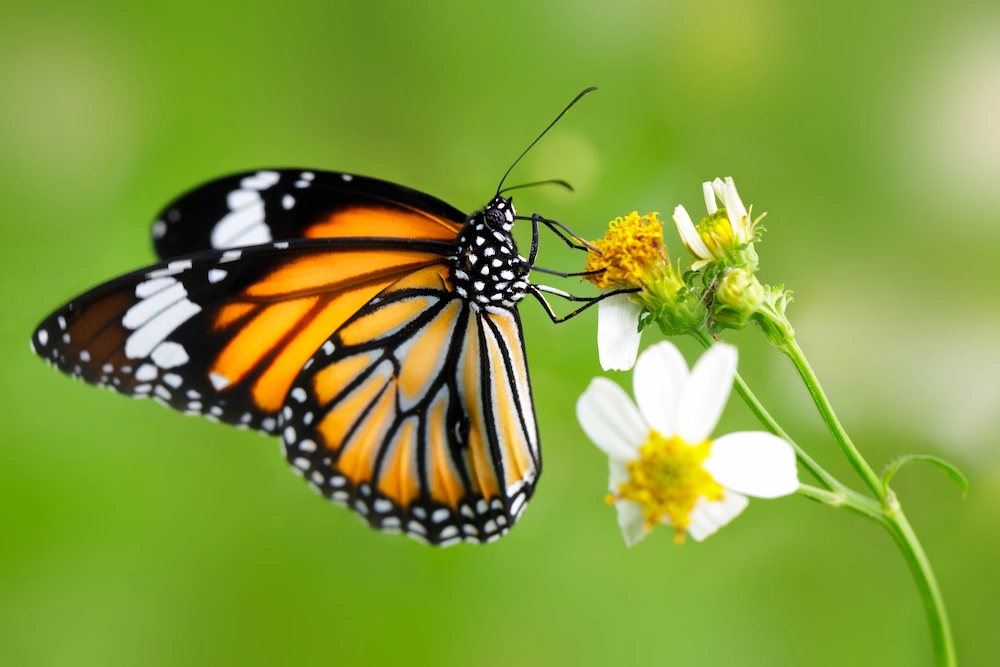
After that brief history lesson, it’s time to return to the pests. The whole idea of daylight savings makes us wonder if pests like the change, and if so, why? We can’t ask them for their opinions — maybe one day — but we can theorize based on their habits and activity levels.
These are the main reasons why we think pests like daylight savings:
- There’s more hours of daylight, which means more time to forage and build nests.
- Flowers and plants are starting to bloom, which provides pollen and nectar for many pests.
- The temperatures are rising, which gives cold-blooded pests an energy boost.
- There is still a lot of water with spring rainstorms, which helps moisture-loving pests survive.
- Birds are thrown off by the shift in daylight hours for a few days (seriously), which gives insects a brief advantage over their biggest enemies.
Humans generally enjoy more daylight, but so do pests. The longer the daylight hours and the higher the temperatures, the more energy insects and spiders will have. Nocturnal pests (moths, rodents, etc.) simply adjust their activity schedules and find new hiding spots that don’t get as warm during the day.
The Early Pest Gets The Benefits
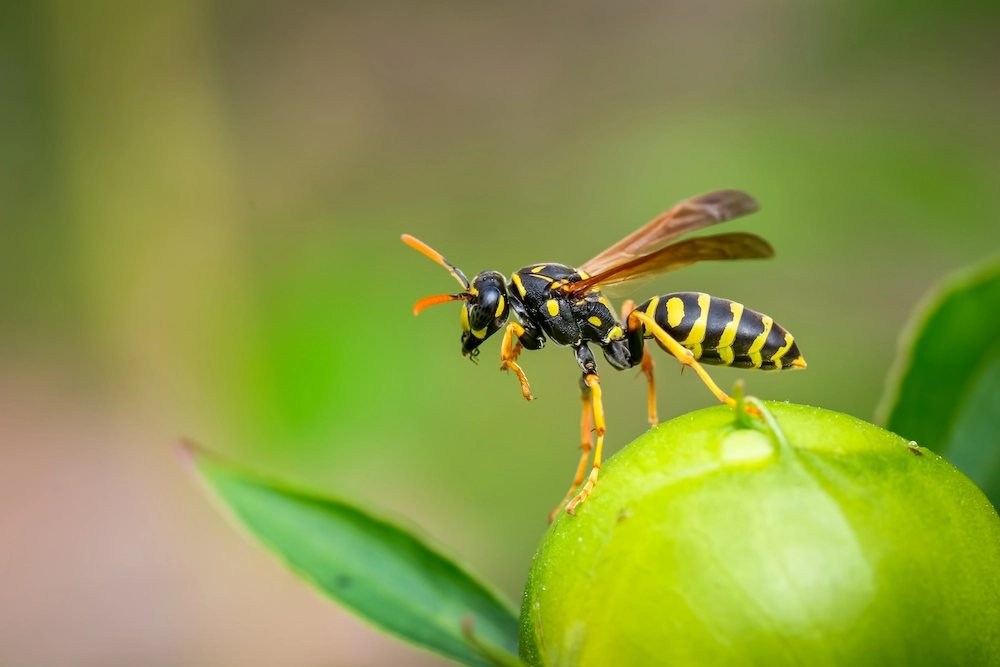
Since most pests start becoming more active in the spring, it’s hard to tell if they’re also more active because of daylight savings as well. There could be a correlation, but we can’t assume causation. High temperatures have just as much of an impact as daylight, if not more. Plus, it’s not officially spring until March 20th, so we’re technically still in winter.
As for early spring pests that you might start to see next week, these are five of the most common early spring pests:
1. Ants — Ants go into diapause for the winter, so they’re usually not active unless they’re in a warm house with access to food. Once that spring sunshine hits, ants jump into action and start foraging for food, expanding their nests, and caring for their colonies.
2. Termites — When the weather warms up, termite swarmers (reproductives) fly out from their homes. They look for mates and new nesting locations, then start building their own colonies after they’ve mated. Termites also love warmth and moisture, so spring is perfect.
3. Bed Bugs — With spring comes a lot of travel plans (hello, spring break!), and with a lot of travel plans comes the possibility of bed bug infestations. These bloodsuckers can go months without a meal, so they patiently wait for a new host to arrive and transport them.
4. Stinging Insects — Wasps, bees, hornets, yellow jackets, and other stingers start buzzing once it’s early spring. The queens begin laying eggs that will hatch and grow into productive workers, who then take on the roles of food-gathering and nest-expanding.
5. Ticks — Ticks essentially hibernate for the winter, so the warmth of early spring coaxes them out of hiding and into the search for a good meal. They can feed on humans, pets, and rodents, so ticks have plenty to choose from once everyone is enjoying the outdoors.
No matter the season, general pest control services are the easiest way to maintain a pest-free home.
Spring Into A Pest-Free Season With Pointe!

Just because we lose an hour of sleep this weekend doesn’t mean you have to compromise on your pest control! The licensed technicians of Pointe Pest Control don’t give pests time to build their nests and invade your home before deploying our targeted treatments. We solve each pest problem with the exact combination of treatments that will get to the root of the issue.
Pests start “waking up” in the spring, and it’s more important than ever to safeguard your home against these invaders. Our goal is always complete client satisfaction with our services, so we are happy to address every question and concern you have along the way. Start your spring off right by contacting us for a free quote on our reliable pest control services!
Citations
Anas, B. (2024, October 30). Here are the states that don’t do daylight saving time. Forbes. Available at https://www.forbes.com/sites/brittanyanas/2024/10/30/what-states-dont-do-daylight-savings/ (Accessed on February 28, 2025).
Bourke, I. (2024, March 31). An obsessed insect hunter: The creepy-crawly origins of daylight saving. BBC. Available at https://www.bbc.com/future/article/20240308-how-first-suggestions-of-daylight-savings-time-was-inspired-by-insects (Accessed on February 28, 2025).
Harney, C. (2023, March 13). Does daylight savings affect pests?. Pointe Pest Control. Available at https://www.pointepestcontrol.net/does-daylight-savings-affect-pests/ (Accessed on February 28, 2025).
Izzo, K. (2021, March 10). How bugs played a role in creating daylight saving time. Denver7. Available at https://www.denver7.com/news/national/how-bugs-played-a-role-in-creating-daylight-saving-time (Accessed on February 28, 2025).
Wolf, M. (2023, October 30). A bugologist and a golfer sparked the push for daylight saving time. NCSL. Available at https://www.ncsl.org/state-legislatures-news/details/a-bugologist-and-a-golfer-sparked-the-push-for-daylight-saving-time (Accessed on February 28, 2025).



